
Japanese Art Education Pottery marks, Chinese pottery, Pottery mark
While Japan has a rich history of workshops across the country that have produced consistently high quality ceramics across the past few hundred years, there are several notable studio potters worthy of mention. Shoji Hamada (1894-1978) Area: Tochigi Prefecture A large Flask Bottle, Bottle, 1960's stoneware, nuka glaze over tenmoku, Shoji Hamada.
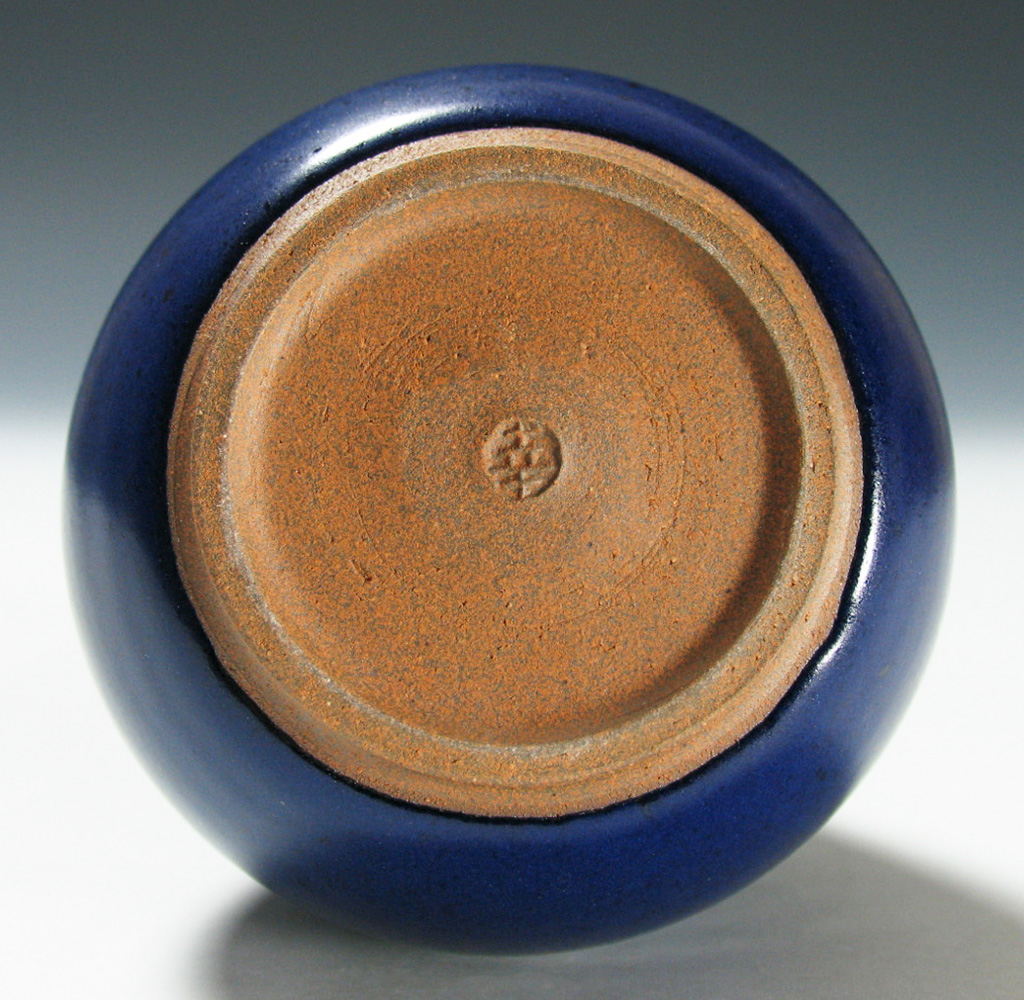
Japanese Pottery & Porcelain Marks · Identify your ceramics
Japanese seals & marking The production of Kutani ceramics can be separated into several periods : 1) End of Edo period (up to 1868) The potters and painters mainly marked their ceramics with a - 福 - Fuku mark. Therefore it is difficult to identify the kiln just from the mark.

Kaasdoek Japanese pottery marks identification
This page lists some of the many maker's marks found on antique Japanese porcelain and ceramic objects including Arita porcelain, Kutani porcelain, Seto porcelain, Satsuma pottery and others. Listed are also some modern Japanese porcelain marks. We regularly update this page. Last updated: December 2023 Need more help?

ANTIQUE PLATE FINE PORCELAIN JAPAN 20 century handpainted Geisha mark
Periods and marks commonly met with To immediately gain a better understanding on the many names that occurs in Japanese pottery and porcelain, I believe the map that indicates the most common kiln areas (blue names) and cities (names in red) will be helpful.
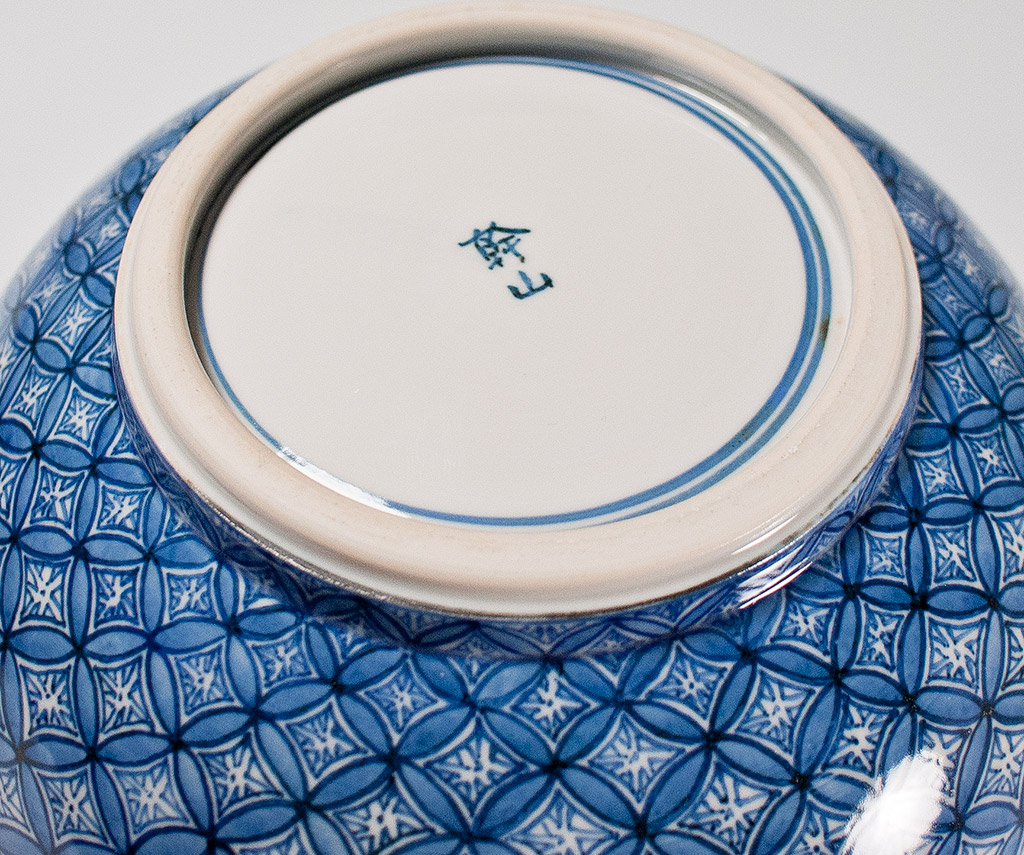
Japanese Pottery & Porcelain Marks · Identify your ceramics
Potter's Marks Identify the maker of your Japanese ceramics In alphabetical order: I kai Yūichi Ikai Yūichi's works are signed or stamped around the footring with the kanji character for "Yuichi" - his given name. The wooden presentation box is signed with the same name and stamped. » view » view » view Box Signing Video » view K amada Kōji
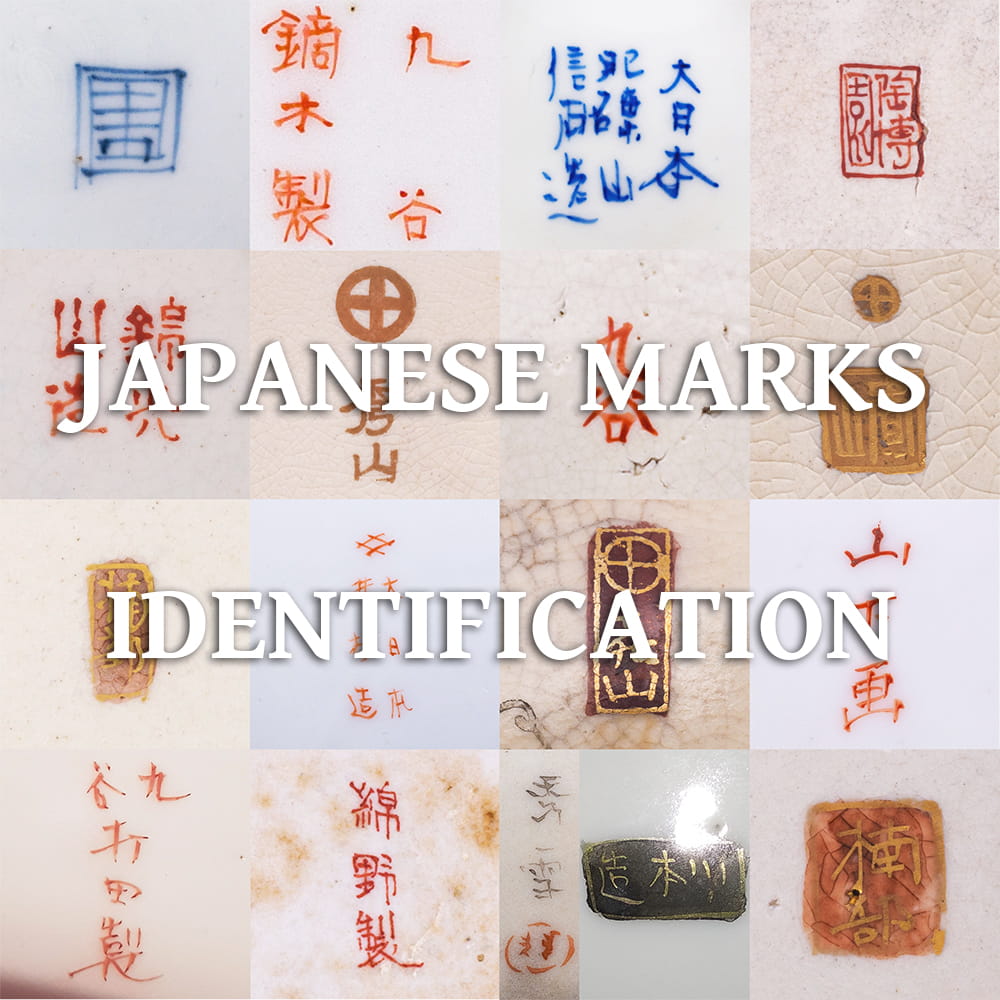
sponsorisé Poussée clair japanese porcelain vase marks guérir Pickering
Japanese pottery marks can provide valuable information about the origins, authenticity, and quality of a piece of pottery. By learning to recognize and decipher these marks, collectors and enthusiasts can gain a deeper understanding of Japanese pottery and its history. Types of Japanese Pottery Marks

Пин на доске PLATES Decorative collectibles
From 1921-1941, wares from Japan exported to the United States had to be marked "Japan" or "Made in Japan". During World War II most ceramics factories (for exports) ceased, except Noritake (see Japanese Ceramics of the Last 100 Years, by Irene Stitt pg 167). After the war exports were labled "Made in Occupied Japan".
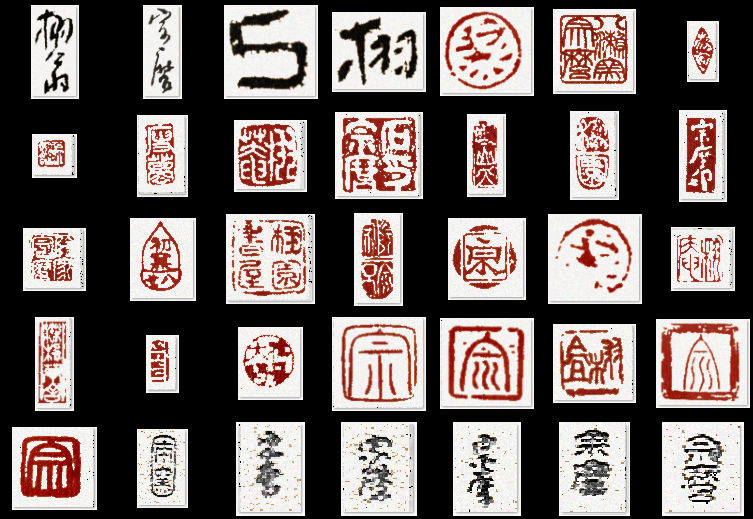
famous japanese pottery marks
Arita, Imari and Karatsu (Saga) Arita, Imari and Karatsu ceramic and porcelain goods are the most well-known in the realm of Japanese ceramics. The trifecta comes from Kyushu's Saga Prefecture. While the three are considerably different, together they represent the vast range of style, colors and products you can find in Japan.

Pottery marks, Chinese pottery, Japanese porcelain
Marks On Ceramics From Japan In 1890 the United States government passed a law requiring the country of origin to be written on all imports to the United States. Nippon, the Japanese word for Japan, was added to many pieces beginning in 1891. To read this article — and over 25,000 more — try Kovels Membership FREE for 7 Days
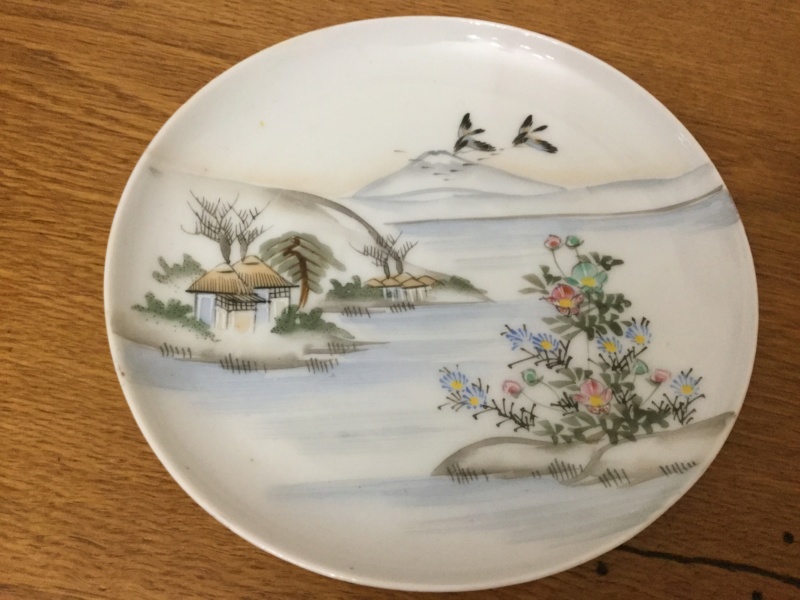
Japanese fine bone cup and saucer help with marks please
Including various marks from a range of British, American, and European pottery and porcelain manufacturers. Adams Ironstone c1962. Bishop & Stonier Bisto Mark. Capodimonte Crowned N. Capodimonte N artist T Galli. Choisy le Roi French c1930. Crown Devon c1917 to c1930. Crown Devon c1930 on. Ernst Wahliss Vienna Mark.

Japanese Porcelain Marks Mokusen 目線 Japanese porcelain, Pottery
10,000 marks and 3,900 potters. Search. Search. Categories. Categories A character. 2 characters. 3 characters. Types of Japanese pottery and porcelain

Antique Pottery Makers' Marks Japanese Porcelain & Pottery Marks
Nearly every one of the 47 prefectures in Japan makes their own unique ceramic ware, using locally available materials, from earthy unadorned clay bowls to highly decorative white porcelain. This great variety of Japanese ceramics tend to be named according to their place of origin, including Tokoname ware, Bizen ware, Kyoto ware, and many more.
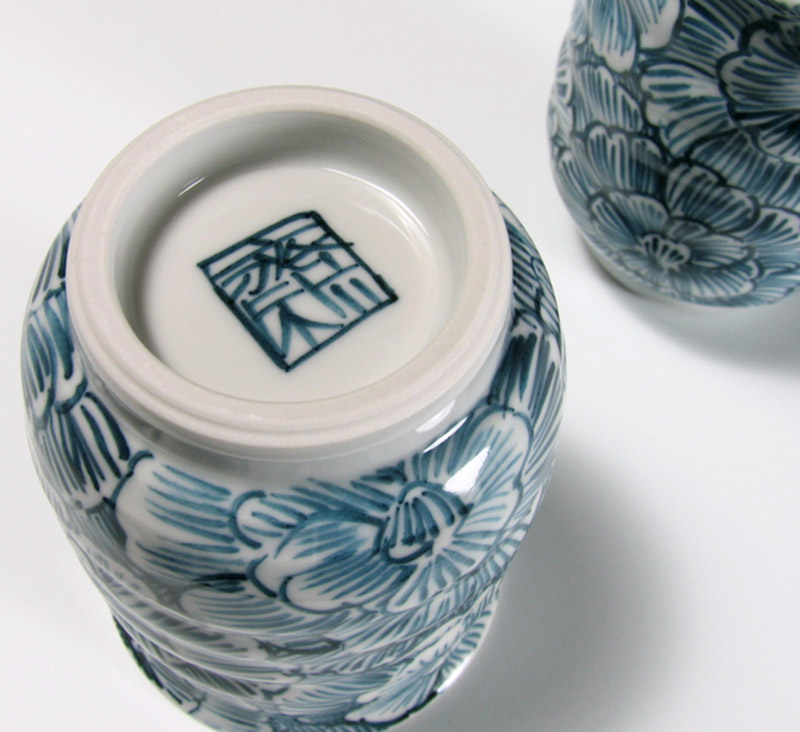
Japanese Pottery & Porcelain Marks · Identify your ceramics
Hamada Shoji (1894-1978) Hamada Shoji was a renowned craftsman and representative figure in modern Japanese pottery. Born in Tokyo in 1894, he resolved to become a potter while still a student at Furitsuicchu (the Tokyo First Prefectural Jr. High School, Hibiya high school at present).

Modern Japanese Pottery and Porcelain Marks (窯印) MINO YAKI (美濃焼き
Marking within a square, or kaku mark: This is oftentimes indicative of Kutani porcelain, which alone covers five eras. Kanji resembling a "pi" symbol over a house: This .is a generic mark, but it's also related to Kutani porcelain. Crossed Chinese and Japanese flag with Turkish moon mark: 19th century A. A. Vantine & Co.

openphoto.php?img=https Pottery marks, Pottery
Chinese and Japanese Marks Section features around 1,500 Chinese and Japanese porcelain marks. Background data for collectors: Classic articles and fundamental sources and documents on Chinese porcelain history. New and old travelogues to important places in ceramic history. Q&A pages with porcelain questions explained.

chinese pottery marks Google Search 붓글씨, 제본, 손글씨
This marks section have since been greatly extended by a large number of contributing collectors. The Japanese marks section of Gotheborg.com originally came to be thanks to a donation of Japanese marks images from Karl-Hans Schneider, Euskirchen, Germany, in may 2000, that gave me a modest but nonetheless beginning. It was a kind gesture and I.